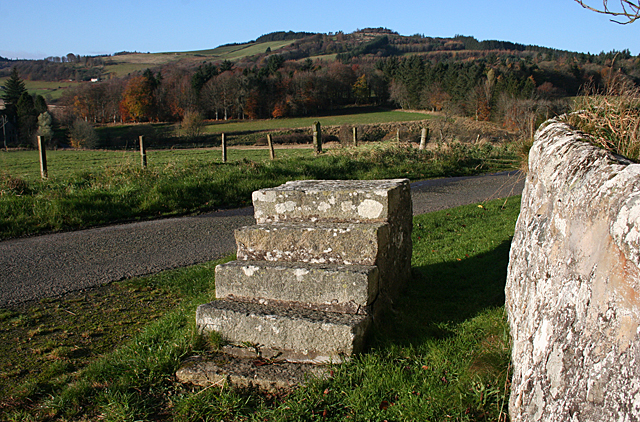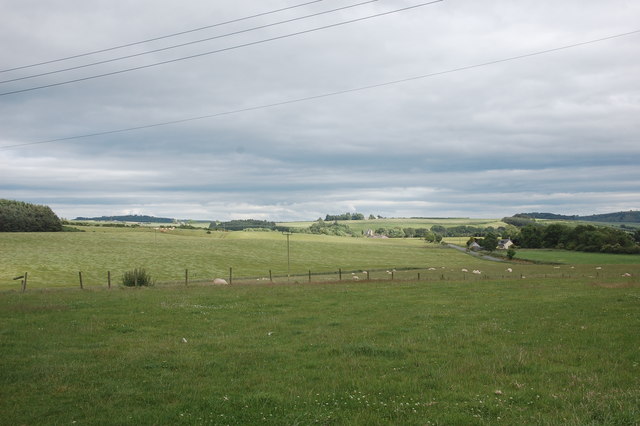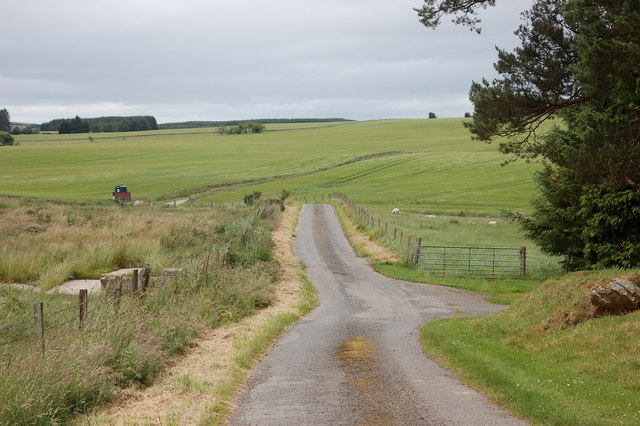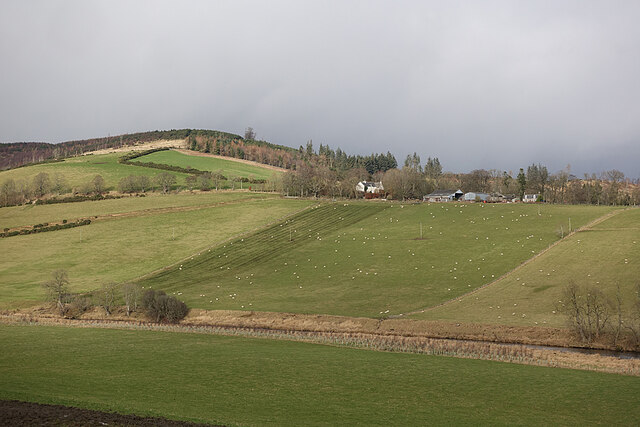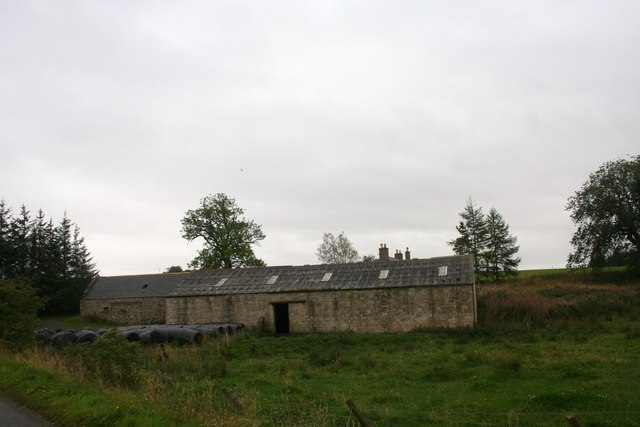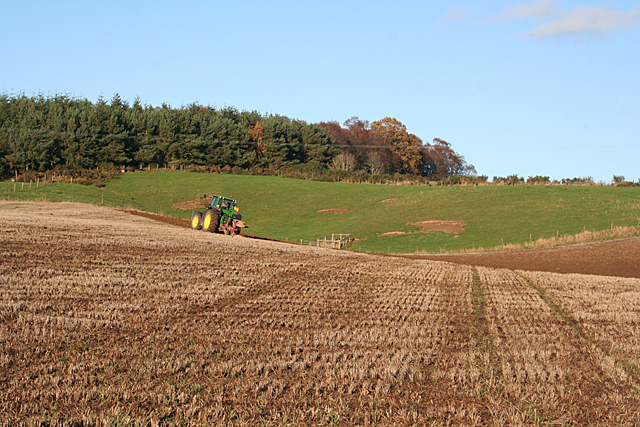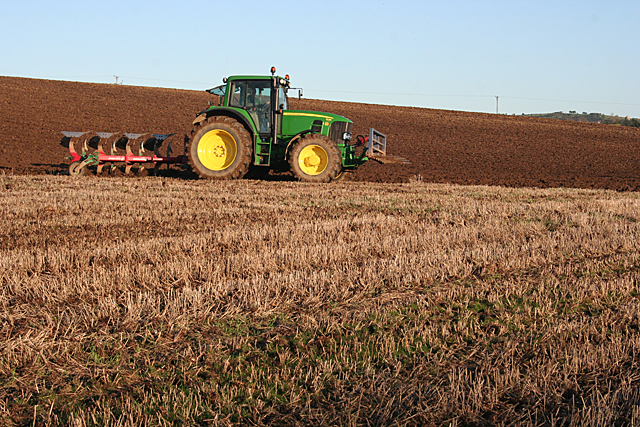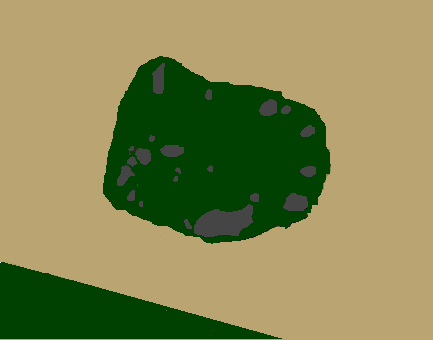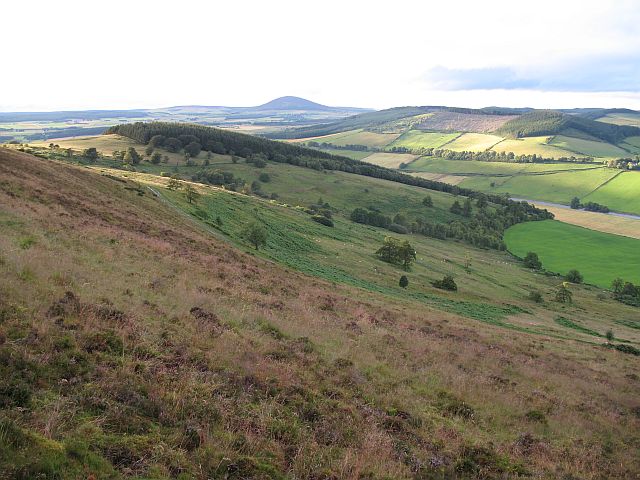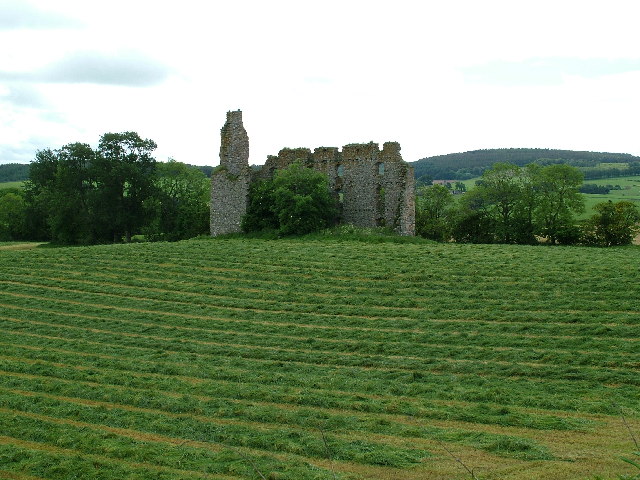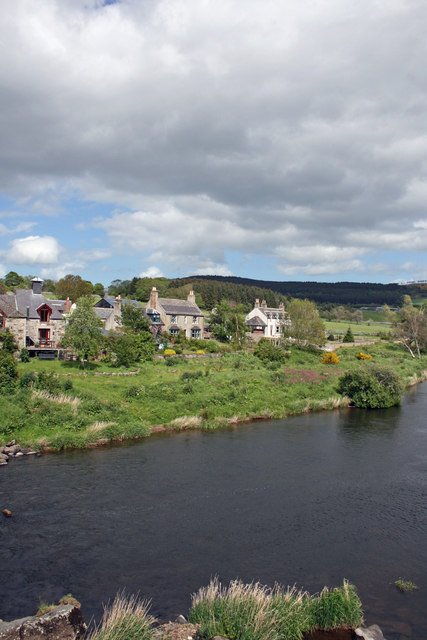Auldtown Wood
Wood, Forest in Banffshire
Scotland
Auldtown Wood
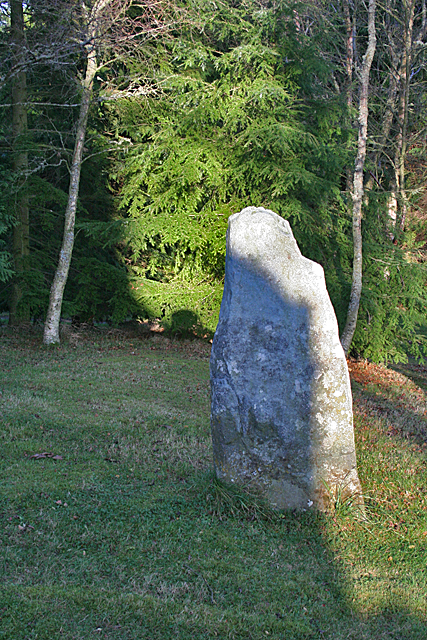
Auldtown Wood is a picturesque forest located in Banffshire, Scotland. Covering an area of approximately 50 hectares, this enchanting woodland is a popular destination for nature enthusiasts and outdoor adventurers alike.
The woodland is characterized by its diverse range of tree species, including oak, birch, and Scots pine, creating a rich and vibrant ecosystem. The forest floor is adorned with a carpet of mosses and ferns, adding to the enchanting atmosphere of the wood. Auldtown Wood is also home to a variety of wildlife, such as red squirrels, roe deer, and a plethora of bird species, making it a haven for wildlife enthusiasts and birdwatchers.
The wood offers a network of well-maintained trails that wind their way through the forest, providing visitors with the opportunity to explore this natural wonder. Whether you prefer a leisurely stroll or a more challenging hike, there are trails to suit all abilities. The paths meander past babbling brooks and tranquil ponds, offering breathtaking views of the surrounding countryside.
Auldtown Wood is also a great place for recreational activities, such as picnicking and nature photography. There are several designated picnic areas where visitors can relax and enjoy the serene surroundings. Additionally, the forest provides ample opportunity for capturing stunning photographs of the flora and fauna that call this woodland home.
Overall, Auldtown Wood is a captivating destination that offers a tranquil escape from the hustle and bustle of everyday life. Its natural beauty and diverse wildlife make it a must-visit location for anyone seeking a connection with nature.
If you have any feedback on the listing, please let us know in the comments section below.
Auldtown Wood Images
Images are sourced within 2km of 57.526356/-2.6858395 or Grid Reference NJ5948. Thanks to Geograph Open Source API. All images are credited.

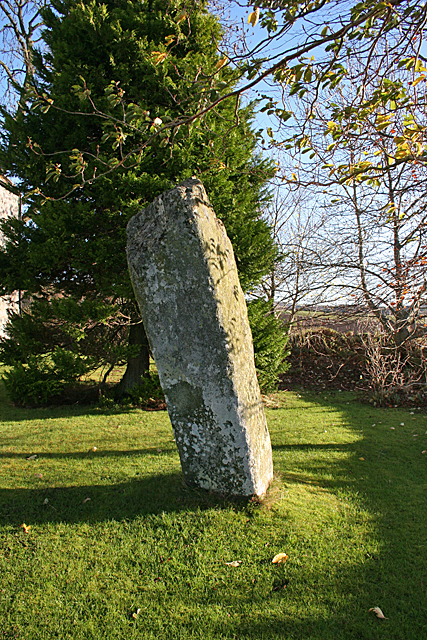
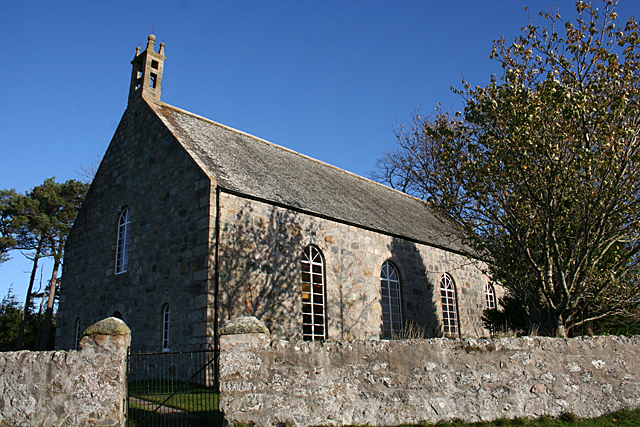
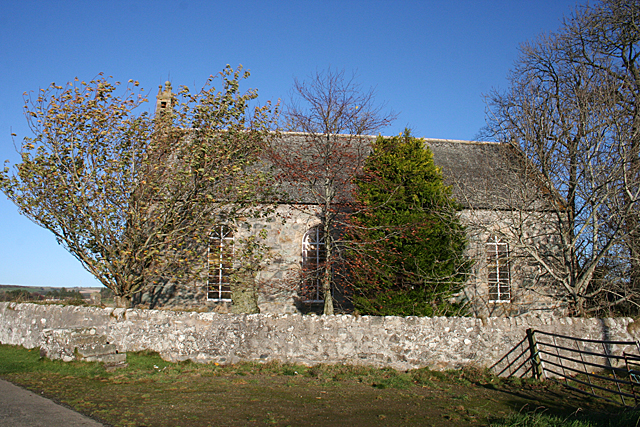
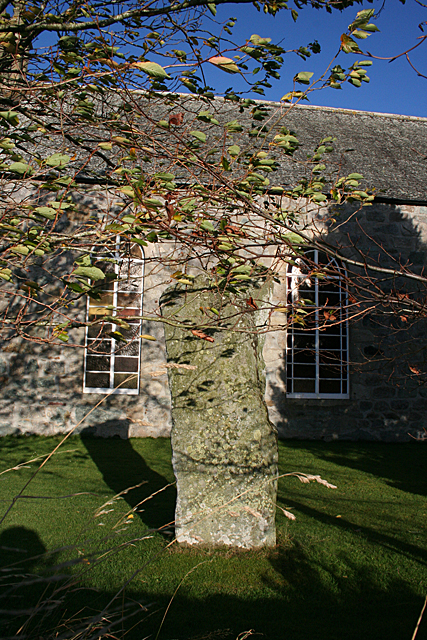
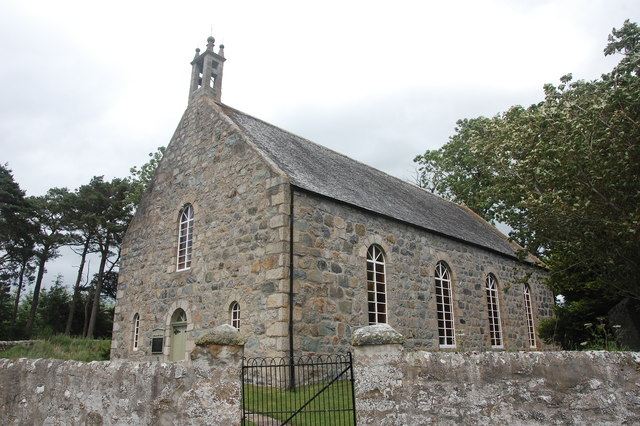
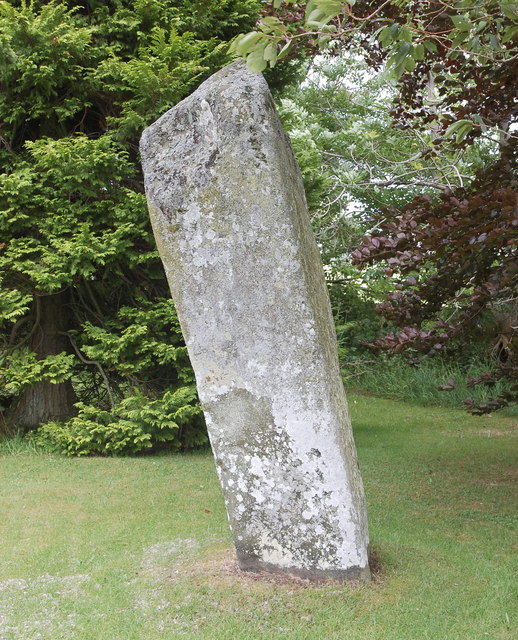


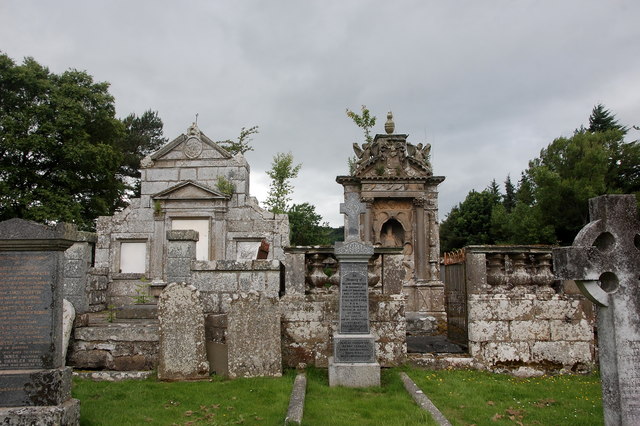

Auldtown Wood is located at Grid Ref: NJ5948 (Lat: 57.526356, Lng: -2.6858395)
Unitary Authority: Moray
Police Authority: North East
What 3 Words
///recur.conductor.nodded. Near Aberchirder, Aberdeenshire
Nearby Locations
Related Wikis
Yonder Bognie
Yonder Bognie is a stone circle in Aberdeenshire, Scotland. It is located in an agricultural field under private ownership and is a scheduled monument...
Fourman Hill
Fourman Hill is a hill located west of Bogniebrae, Aberdeenshire, Scotland. It has an elevation of 1,127 feet (344 m). A cairn near the summit marked the...
Bognie Castle
Bognie Castle (also called Conzie Castle) is a ruined castle near Huntly and Banff in the Aberdeenshire region of Scotland. It was built in the 17th century...
Mountains Burn
Mountains Burn is a burn which marks the boundary of the parish of Huntly, Aberdeenshire, Scotland. == References ==
Bogniebrae
Bogniebrae () is a small rural settlement in Aberdeenshire, Scotland. It is located at the junction of the A97 and B9001 roads, six miles (ten kilometres...
Milltown of Rothiemay
Milltown of Rothiemay (Scottish Gaelic: Ràth a' Mhuigh) is a small inland village, built mostly of granite, in the north-east of Scotland and is within...
Inverkeithny
Inverkeithny is a village in the Formartine area of Aberdeenshire, Scotland. The village lies near where the Burn of Forgue flows into the River Deveron...
Aberchirder
Aberchirder (Scots: Fogieloan, Scottish Gaelic: Obar Chiardair) known locally as Foggieloan or Foggie, is a village in Aberdeenshire, Scotland, situated...
Have you been to Auldtown Wood?
Leave your review of Auldtown Wood below (or comments, questions and feedback).
